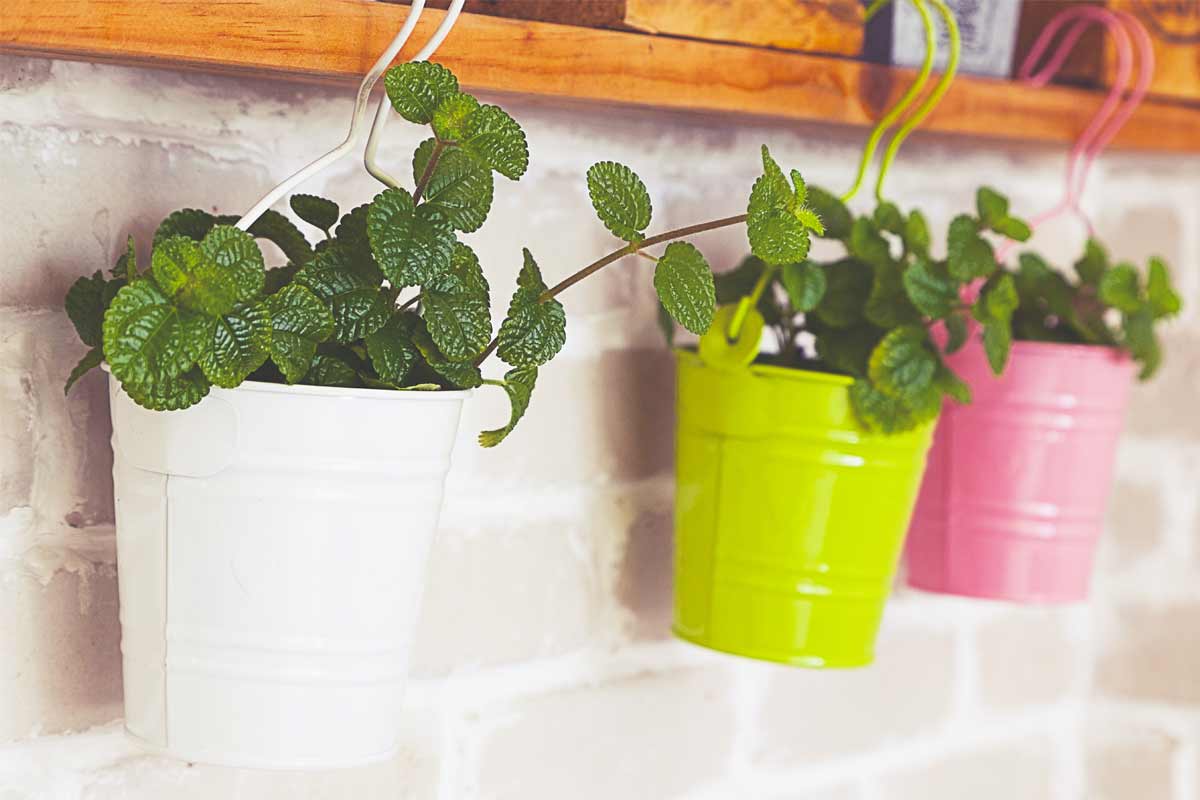That biting November wind is a clear signal that winter is here, and it’s not just a signal to you. As hard frosts settle across Canada, rodents and insects are in a desperate, final push to find shelter.
Your home’s siding is the primary barrier standing between them and the warmth radiating from within. A tiny flaw is an open invitation. This is the moment when a structural check-up becomes an essential part of your pest control strategy.
The Proactive Power of Integrated Pest Control
Too often, pest control is seen as a reactive measure; a call made after you hear scratching in the walls. True success, however, is about prevention. An Integrated Pest Management (IPM) program is a holistic approach that combines environmental management, structural exclusion, and, when necessary, targeted treatments. This November, that program starts with a detailed inspection of your home’s armour: its siding.
Your Siding: The Castle Wall Against Invaders
Your home’s siding is its largest and most exposed component. To you, it’s a cosmetic feature. To a pest, it’s a climbing wall full of potential entry points. A mouse can flatten its body to squeeze through a hole the size of a dime.
An overwintering insect, like a stink bug or cluster fly, needs only a paper-thin crack. They are actively searching for these flaws as the temperature plummets.
The November Siding Inspection Checklist
Before snow piles up, a thorough walk-around is critical. Look for these common failure points:
- Cracks and Gaps: Check the entire surface for visible cracks. Pay special attention to corners and the seams where two different materials meet, like where siding meets the foundation.
- Utility Penetrations: This is a pest superhighway. The holes cut for hydro, gas, cable, and A/C lines are rarely perfectly sealed. The small gap around these pipes provides direct access into wall voids.
- Warping or Rot: Warped vinyl siding creates gaps. Rotting wood siding is a soft, easy-to-chew entry point that also attracts pests like carpenter ants.

- Damaged Vents: Check dryer vents, kitchen vents, and attic soffits. Are the flaps intact and the screens free of holes? A missing flap on a dryer vent is a wide-open door for a mouse.
- Weep Holes: Brick homes have “weep holes” at the bottom for drainage. These are mouse-sized entrances and must be protected with special covers that block pests but still allow airflow.
Landscaping: The “Bridge” to Your Siding
What’s touching your siding is just as important as the siding itself. Overgrown shrubs, tree branches, and vines act as a bridge, giving pests a covered path to climb your walls.
This is a core principle of IPM. According to a study, proper landscaping practices and frequent inspections can help reduce pest entry into homes, with Integrated Pest Management (IPM) programs being essential for complete success (Davis et al., 2023).
This means creating a “defensive buffer.” Trim all bushes and limbs at least 30-60 cm from your house. Rake leaves and mulch away from the foundation. This simple act removes their cover, exposes the siding, and makes your home a harder target.
Using Scent as a Gentle Deterrent
While sealing your home is the most important physical defence, you can also make the inside less appealing. Pests, particularly rodents, have an incredibly sensitive sense of smell. This can be used against them with scents that are pleasant to humans but irritating to pests.
Scents Pests Dislike

- Peppermint Oil: The most famous. The high concentration of menthol in real peppermint oil is sharp and overwhelming to a rodent’s nasal passages.
- How to use: Place a few drops on cotton balls and tuck them into areas where pests are suspected: under sinks, in the back of pantry shelves, in basement corners, and near known entry points. The oil evaporates, so the cotton balls must be refreshed every week.
- Cedar: This has been used for centuries. The aromatic oils in cedarwood are a well-known repellent for many insects, especially moths and spiders.
- How to use: Place cedar blocks, shavings, or sachets in closets, attics, and storage chests. Sanding the blocks once a season will refresh the scent.
- Lavender and Eucalyptus: These strong, floral, and medicinal scents are offensive to many insects and can deter mice.
- How to use: Dried lavender sachets can be placed in drawers, or eucalyptus oil can be used on cotton balls just like peppermint.
A multi-pronged strategy of physical exclusion and sensory deterrents is a common part of successful pest control in Collingwood and other areas where homes border natural landscapes. Remember, these scents are a layer of defence, not the entire wall.
Secure Your Home Before the Freeze Sets In
A small crack in your siding is a glaring vulnerability. Don’t let a minor structural issue turn into a major winter pest infestation. A thorough inspection and a few simple deterrents are all that stand between your warm home and the cold, desperate pests outside.
If you’ve done your inspection and found gaps you can’t seal, or if you suspect pests have already found a way in, it’s time for professional support. For complete pest control in Midland and the surrounding areas, our team at Mr. Pest Control is ready to help. Call us at (705) 739-7378 to schedule your comprehensive November home inspection and secure your property for the winter.



